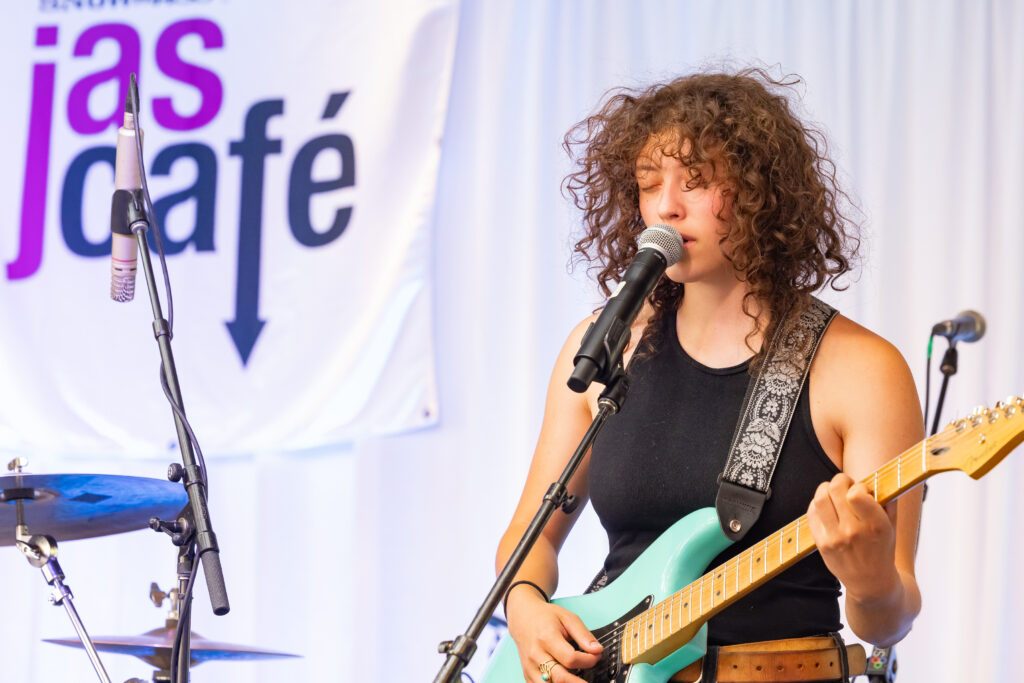When you hear the term Jazz, your mind may go to a particular type, hearing different instruments, and the beat could be fast or slow. Jazz is an open genre of music and can be categorized into subtypes. Below are the most common types of jazz, based on their styles and preferences. These subtypes have also imprinted jazz history and are some of today’s most popular types.
New Orleans Jazz
Right at the start of the 20th century, New Orleans started implementing its type of jazz music into the genre. New Orleans jazz started showing signs after the end of the Civil War and was prominent in African American communities, utilizing different instruments together. With this music starting in the South, more southern-based instruments like the banjo were used in these groups.
For many, New Orleans jazz is the most traditional style, using a clarinet or trumpet in the front line. The jazz band will usually also have a trombone, with elements of a piano, keyboard, and guitar. The instruments will be played together throughout the song, with a few solo pieces thrown into the song. Some famous New Orleans jazz musicians included Buddy Bolden, Jelly Roll Morton, and Louis Armstrong.
Swing Jazz
Developing in the early 1910s to 1930s was the era of swing jazz. Performers during this era decided to take the traditional New Orleans Jazz and spruce it up with more instruments and upbeat sounds. Swing dancing was adopted and became a cultural phenomenon, developing the Big Band era. The emphasis on big bands meant there could be anywhere from a dozen to 20 players performing swing jazz on the stage. There were lots of songs that stressed new beats in syncopated rhythms and improvisation throughout performances. Having these
This jazz style took on a life of its own and continued to influence this genre and others throughout the rest of the century. Some popular swing jazz musicians include Duke Ellington, Ella Fitzgerald, and the “King of Swing” Benny Goodman. They carried the subtype throughout the years, even as jazz transitioned into other types of music.
Bebop
Following the swing jazz era was bebop jazz. While it took notes from the swing era, the Bebap subtype moved into its form of jazz from the 1940s through the 1960s, originating in New York City and then spreading across the Eastern Seaboard. Most of the tunes of this era were fast-paced, upbeat, and just overall positive. Bebop was less popular than other genres and found a home with the more artsy listeners of the area. This type of jazz was short-lived because of its lack of popularity.
Some of the more well-known names of bebop jazz include Charlie Parker and Dizzy Gillespie in the beginning. Later years introduced both Art Blakely and Miles Davis. These artists were known to have numerous instruments and lots of different beats throughout the song. They were also smaller groups, leaving the significant band era and moving into quartets with only a few members.
Cool Jazz
Beginning in the 1950s, another subtype of jazz music, coined cool jazz, entered the scene. This subtype is home to some of the most prominent jazz players in American history and takes on a different tone of music. Cool jazz represented a slower beat and was a more relaxed type of music, offering softer sounds. The bands were much smaller, and even the drums used in these bands had soft beats.
This jazz area was one of the first to see jazz musicians take on solo performances and encourage a comfortable and casual type of music. Cool jazz originated in California, and it slowly started making its way across the United States and the South, Midwest, and Northeastern regions. While Miles Davis is also a part of cool jazz, other artists, just as Gerry Mullican, John Lewis, and Stan Getz, are some of the most influential names that helped establish and develop the sound of cool jazz.
Embrace the Vibrancy of Jazz Music: Attend Upcoming Events and Experience The Magic of Jazz Aspen
If you want to experience more of what the jazz music scene offers, consider checking out upcoming events at Jazz Aspen in the next few weeks.
Image Source: Tsuguliev // Shutterstock







